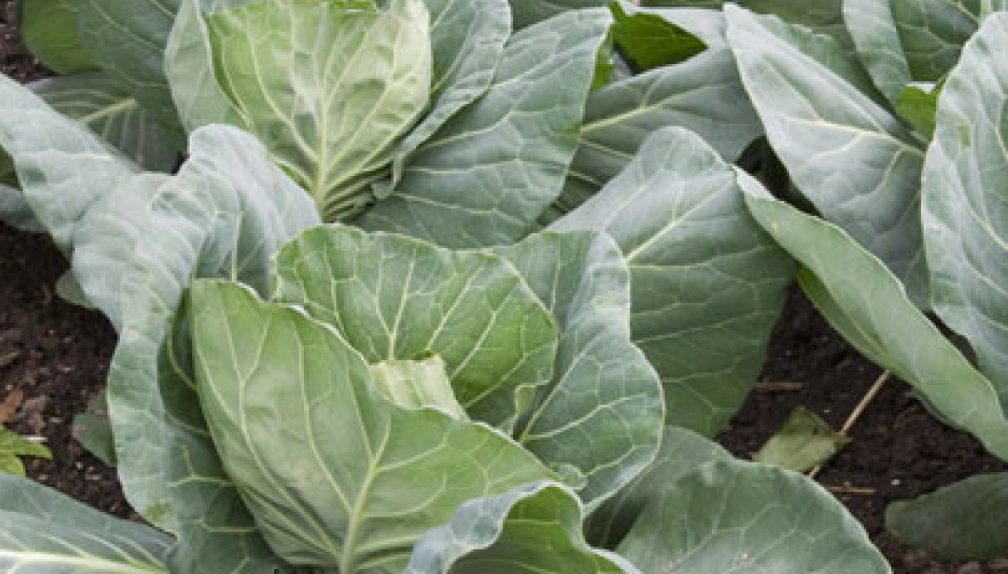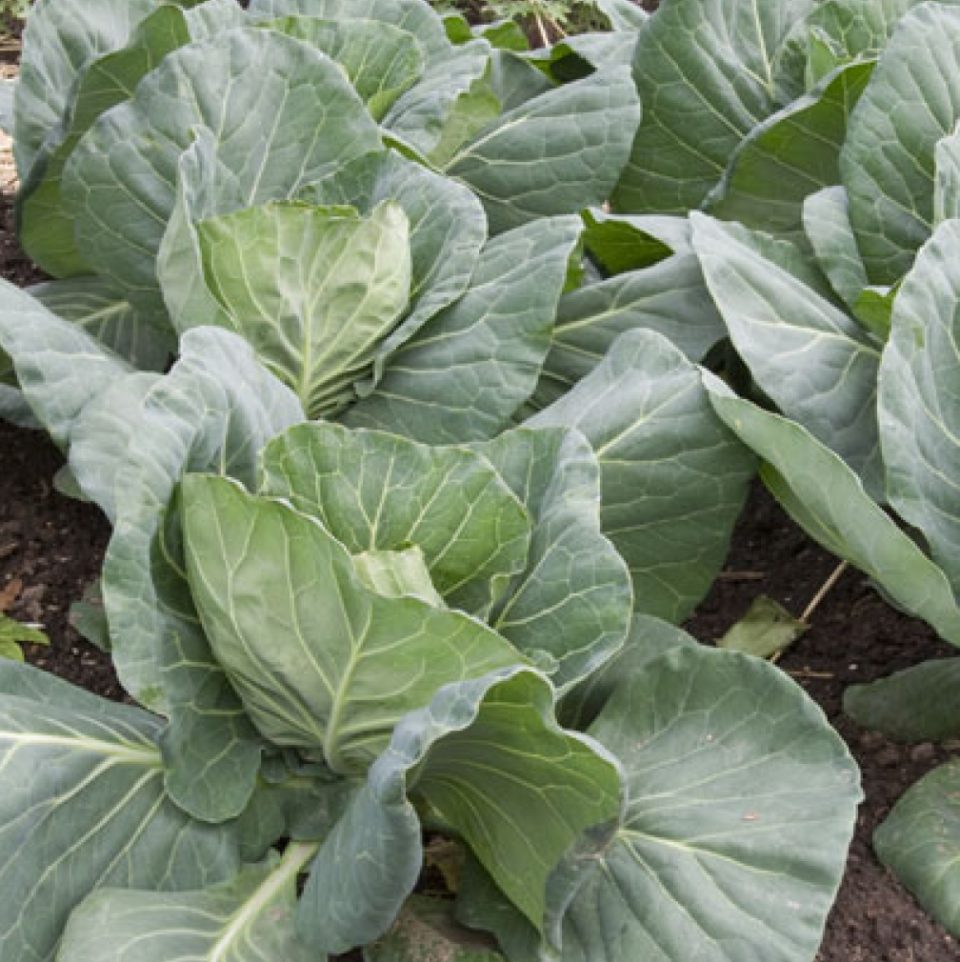
Vegetables have been grown successfully in desert climates for many years. One of the great surprises to new gardeners is the variety and quality of produce that can be grown during the cooler weather. Cool season vegetables grow best at temperatures averaging 15° cooler than those needed by warm season types.
Some varieties have edible leaves or roots such as: lettuce, spinach, carrots, and radishes; other artichokes, broccoli and cauliflower are grown for their immature flowers. A few peas and broad beans for example produce edible seeds. Most cool season crops can endure short periods of frost. For best results, grow them to maturity in cool weather; if it gets too warm, they can turn bitter tasting, or bolt to seed rather than produce edible parts.
Soil preparation is essential in producing crops in the desert southwest. For the home gardener, a few basic rules apply. First, don’t try to garden in hard-packed, high-alkaline, poorly drained soil. Instead build raised beds or use containers with drainage holes and fill them with good, bagged organic material like Dr. Q’s Vegetable & Herb Planting Mix or Potting soil. Next, use the right fertilizers for what you’re trying to grow. Leaf crops need adequate amounts of nitrogen. Root and fruit crops like carrots and peas need less nitrogen and more phosphorus and potassium. A good choice is Dr. Q’s Tomato & Vegetable Food or Gold Dust Starter Fertilizer. Also, the use of surface mulches helps to prevent weeds, conserve water and protect plant roots. Cedar Mulch will repel insects without the use of pesticides.
The following is a list of popular cool-season vegetables that are often grown in our climate. These varieties are generally heat-sensitive and prefer the cool days of fall, winter and early spring to produce their best crops. Most cool-season vegetables are adapted to frost but be prepared to protect young plants from freezing cold and wind if necessary.

Beets (Dec. thru Jan. – seed): Prefer sandy soil. Plant regularly for longer harvest.

Broccoli (Sep.- seed; Oct.- transplants): Easy to grow; side shoots continue to produce long after main head is harvested.

Brussels Sprouts (Sep.- seed; Oct.-transplants): Large plant, prefers good drainage. Pick cabbage-like heads when smaller than a golf ball.

Cabbage & Kale (Sep. to Nov.- seed and transplants): Rotate location each year to avoid pest build-up.
Carrots (Sep. & Feb. to May- seed): Choose short varieties unless you have excellent soil a foot or more deep. Harvest when young for best flavor.

Cauliflower (Late July-seed; Oct.- transplants): Similar to Broccoli. Use large leaves at base to cover over developing head to keep it white.
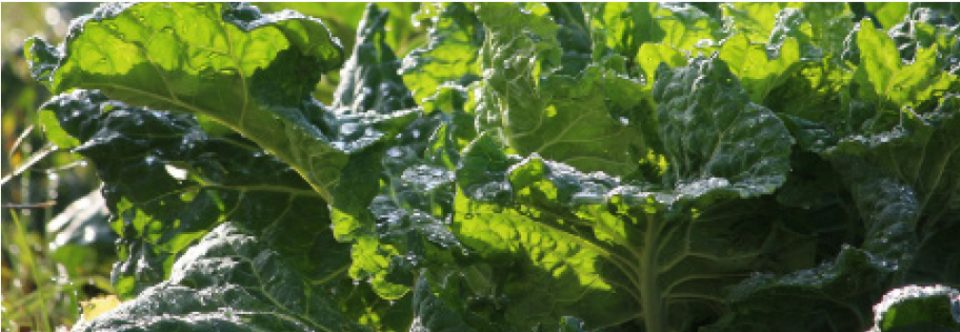
Collards & Mustard (All year- seed & transplants): Different plants with similar appearance, taste and culture.

Lettuce (All year- seed & transplants): Leaf lettuce, like Black Seeded Simpson and Romaine, can be grown all year. Head lettuce can only be grown in the cooler parts of the year and is more difficult.

Onions, Dry (Oct. to Mar.- seed or sets): Thin early; harvest next year after the tops wither.
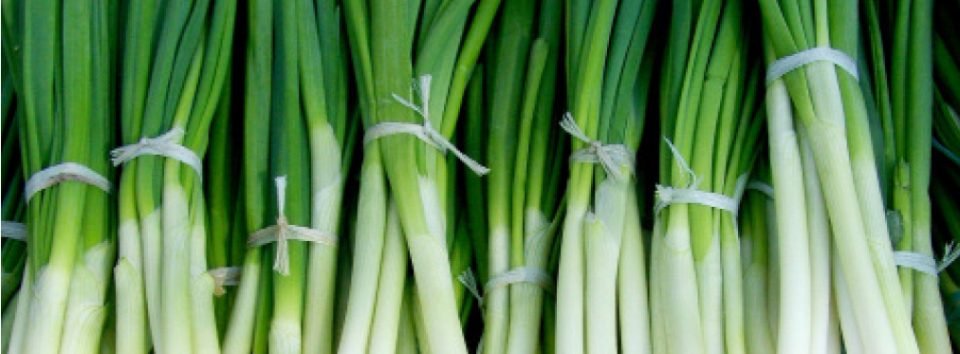
Onions, Green (Sep. to June- seed or sets): Easy from sets; plant regularly for continual crop of young, sweet onions.
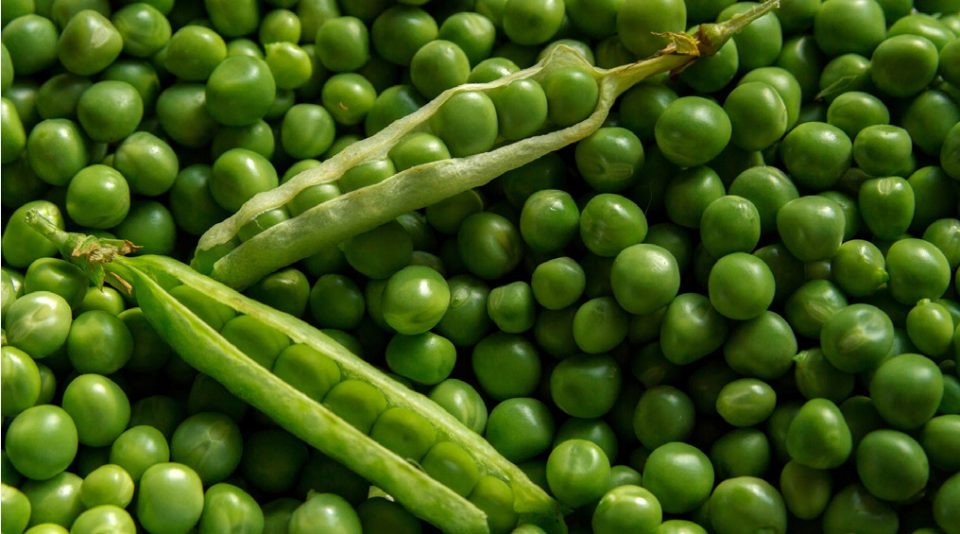
Peas (Nov. or Feb. – seed): Bush varieties are much easier to deal with. Try snap and sugar hybrids. Prefer rich soil with excellent drainage.

Radish (All year- seed): Gets pithy and hot fast, especially in poor soil. Plant small quantities every two weeks for regular supply. Give rich soil for sweet, mild flavor.

Spinach (Sep. to Oct. or Feb.- seed): Thin plants to 6 inches apart. Feed once during season. Cut off at ground level to harvest, avoid the extra grit that comes from pulling up the whole plant.

Tomato (Aug. to Sep.- transplants): Made possible by long desert growing season. Plant fast developing varieties like Early Girl for late fall crop.
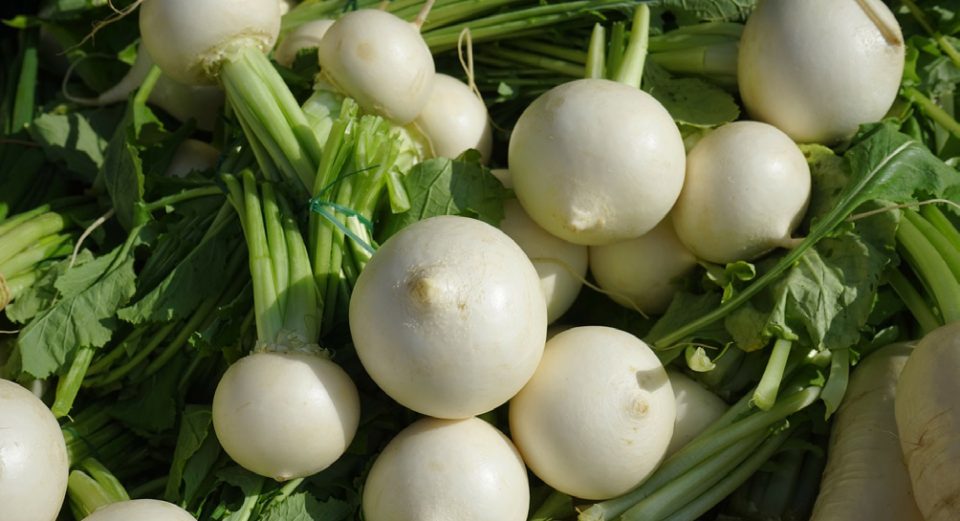
Turnips & Rutabagas (Aug. to Oct.-seed): Grow turnips for relatively quick crop; rutabagas if you want to store them. Both have tasty greens which can be sparingly harvested without hurting the developing bulb.
For more information on Cool Weather Vegetable Gardening, check out our StarNote #200
